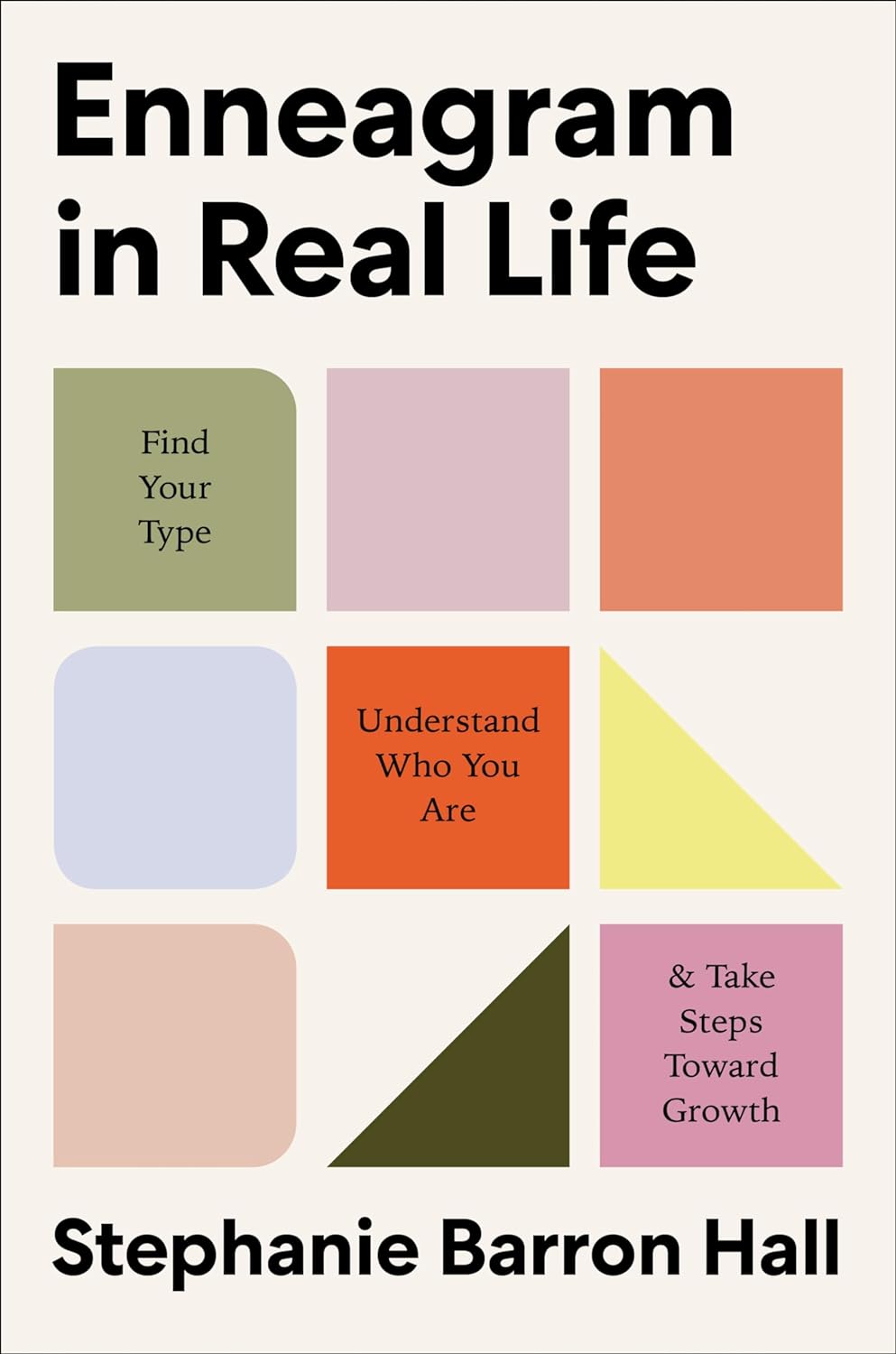I recently delved into “Enneagram in Real Life” by Stephanie Barron Hall, a certified Enneagram coach who promises not just an exploration of types, but practical applications for growth—something I’ve been eager to find in my own personal development journey. As someone who loves psychology and self-help genres, I was immediately drawn to the Enneagram system, and Hall’s approach seemed refreshing and geared toward real-world application.
One of the standout elements of Hall’s book is her clear distinction between merely identifying your Enneagram type and truly understanding how to implement that knowledge in your life. As another reader pointed out, many Enneagram books stop at the basics—how to find your type, what each type represents—but Hall takes it a step further. Her guidance on moving from understanding to practical application is both insightful and empowering. This deep dive into the Enneagram, coupled with actionable growth practices, felt like the missing puzzle piece I had been searching for in my personal exploration.
On the positive side, I found Hall’s explanation of instincts—self-preservation, social, and sexual/one-to-one—exceptionally clear and easy to grasp. She doesn’t shy away from the complexities, yet communicates them in a way that is accessible. This is particularly evident in how she elaborates on each type, addressing areas where individuals might feel stuck and providing practical steps for emotional and psychological growth.
However, I would be remiss if I didn’t touch on a couple of drawbacks that have surfaced from other readers. Although many found her writing style engaging, some noted that it occasionally felt like there was a slight overemphasis on group activities and exercises. While these can be helpful, a few readers felt they distracted a bit from the core teachings. Additionally, while Hall mentions that her book contains a test, some seasoned Enneagram practitioners might find it less reliable compared to more established assessments. The test focuses on motivation rather than behavior, which is certainly a fresh angle but could leave some wanting more direct validation through established testing methods.
It’s crucial to highlight that the strength of this book lies in its vulnerability. Hall shares relatable client stories that beautifully illuminate each Enneatype’s core motivations. These anecdotes add a layer of depth, illustrating concepts that many might find complex, thus removing the potential for surface-level understanding.
Ultimately, “Enneagram in Real Life” exceeded my expectations. It’s an invitation to explore not just yourself, but how your understanding can impact your relationships and career. Hall’s emphasis on personal transformation through the Enneagram resonates deeply with me, and I’ve found myself returning to her insights frequently.
In closing, if you’re looking for a book that provides actionable advice while genuinely engaging with the complexities of human personality, I wholeheartedly recommend “Enneagram in Real Life.” It caters to those who may be new to the Enneagram or those looking to deepen their understanding and practical application of this transformative tool. It’s a refreshing resource that thoughtfully balances depth with accessibility. You won’t regret adding this gem to your personal library!
Discover your true self and unlock personal growth with the Enneagram in Real Life. >>








